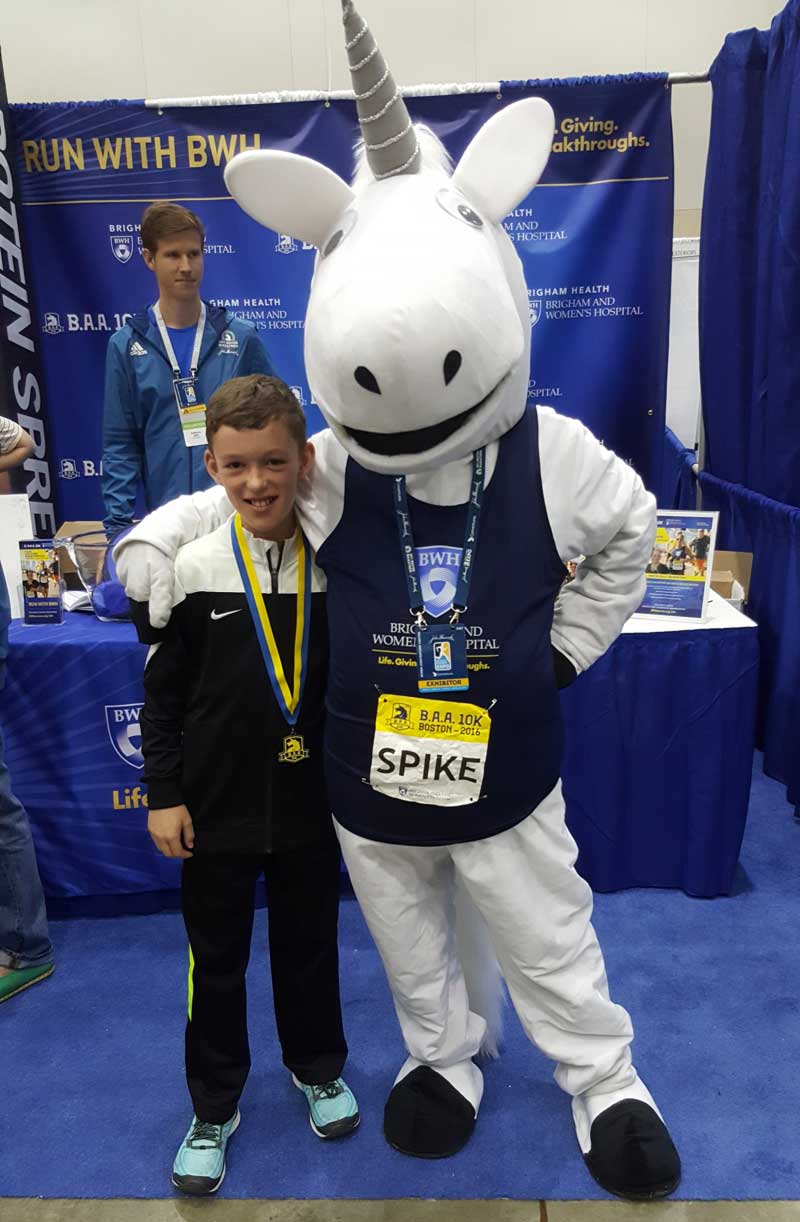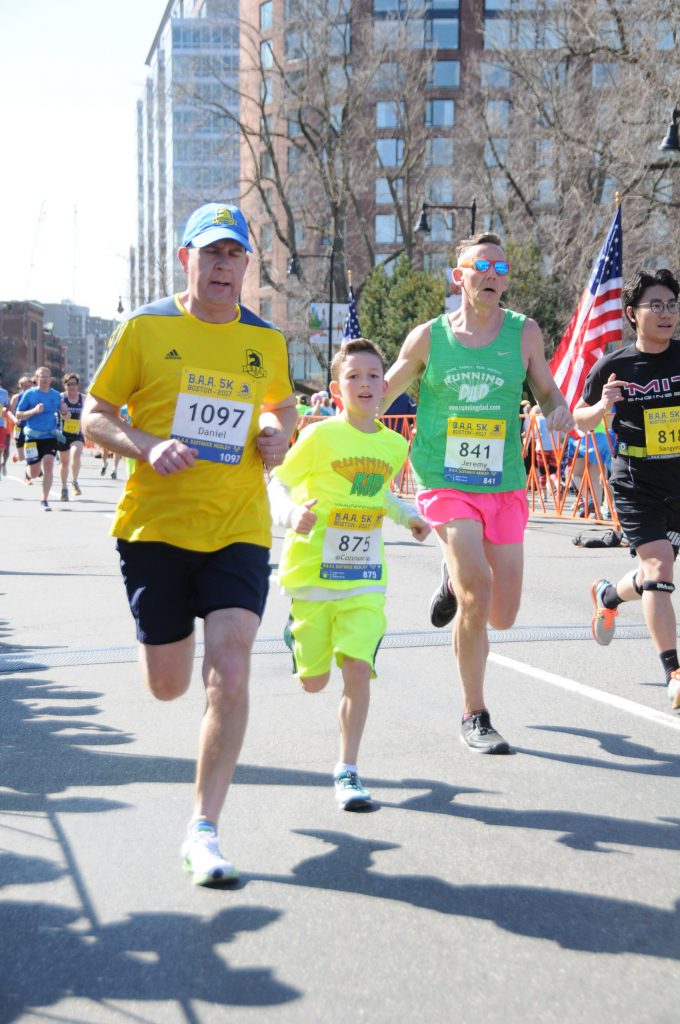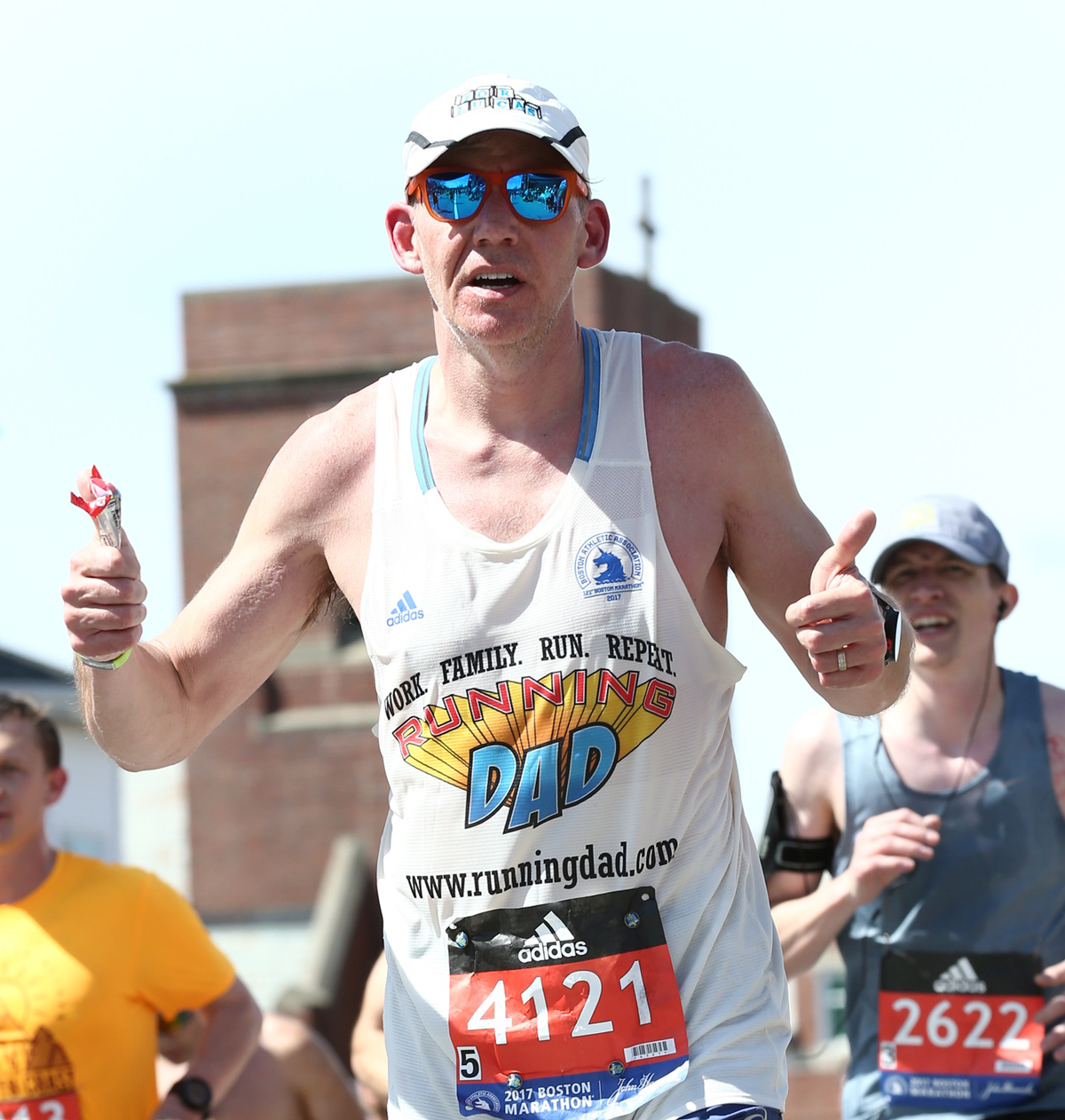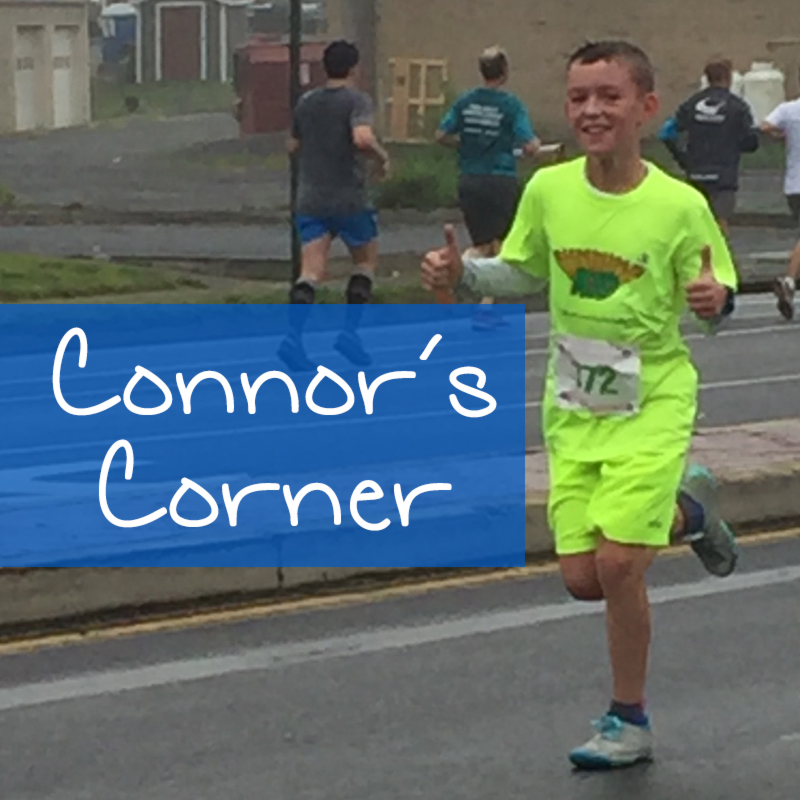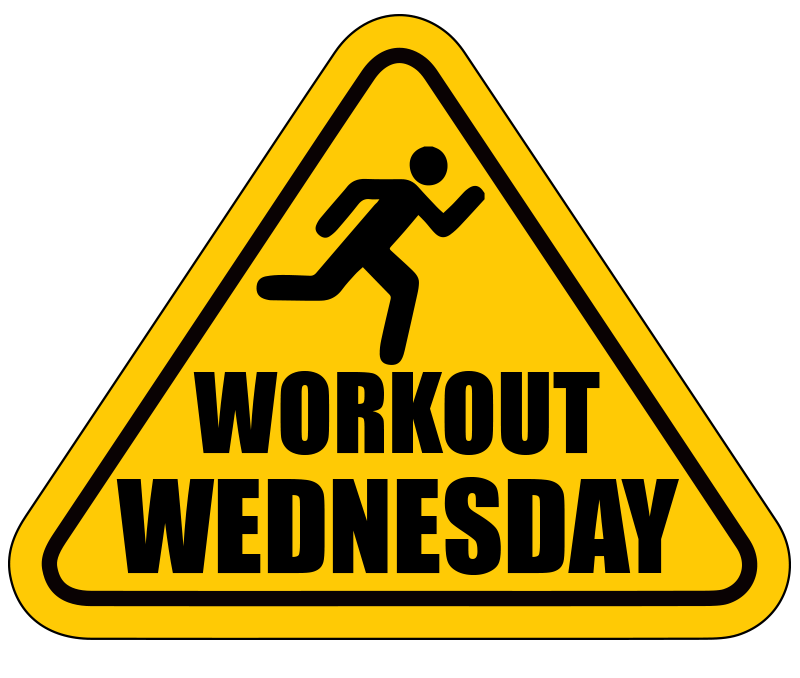
Workout Wednesday – Cadence
A runner’s cadence is the number of strides in a minute. Having a quicker cadence can help to improve running form and prevent injury.
Shorter, lighter, quicker strides aid in preventing over-striding and encourage a mid-foot strike. Over-striding can lead to injury. You are more likely to hit the ground with your heel, which adds more impact to your joints. Having your body weight over your foot when it hits the ground, not behind it, will utilize your legs as shock absorbers instead of focusing blunt force on your legs and body. Shoe padding can only do so much.
A quicker cadence will also help you tackle hills; both the ups and the downs. Shorter strides on the up slope help conserve energy. On the decline, they keep you from reaching too far forward with your feet and using your heels as a breaking mechanism. Trust me, your quads will thank you.
Think “quiet” – you want to be as light on your feet as possible and if your feet are going slap, slap, slap, you are sending that force up through your whole body.
To figure out your cadence, count the number of times your right foot hits the ground in a minute. Then multiply that by two. That will give you the number of strides per minute.
An ideal cadence for most runners is 170 – 190 strides per minute. A lot of the elite runners have a cadence of over 200 strides per minute. I try and stay in the 180 range. When I focus on cadence in my tempo runs, I see improvements in my race times and overall conditioning.
If you listen to music while you run, pick something with a fast beat. There are even stations on internet radio or iTunes that have mixes specifically for runners that tell you the beats per minute.
What does a cadence of 180 steps per minute sound like? Listen below:
Want some music suggestions with 180 beats per minute? Click here
I’m a counter. I get a pattern going with steps and breaths. 1, 2, 3, breathe, 1, 2, 3, breathe, 1, 2, 3, breathe … It’s a great way to quiet some of those voices in your head during a run or race.
“Man, it’s hot.”
“4 more miles?”
“Why am I doing this?”
“I gotta poop.”
“1, 2, 3, breathe, 1, 2, 3, breathe, 1, 2, 3, breathe …”
Like any new exercise, it should be added gradually into your routine. For this Workout Wednesday, do a mile or two warmup to reach a comfortable pace, then use the counting method described above. Come back here or to facebook and share your cadence.
After you have established your baseline cadence, you can start working on improving it. Start adding longer periods of time at an elevated cadence until it feels effortless. It is interesting to see how your cadence changes over time.
And you never know when your coach will call you out on it …

